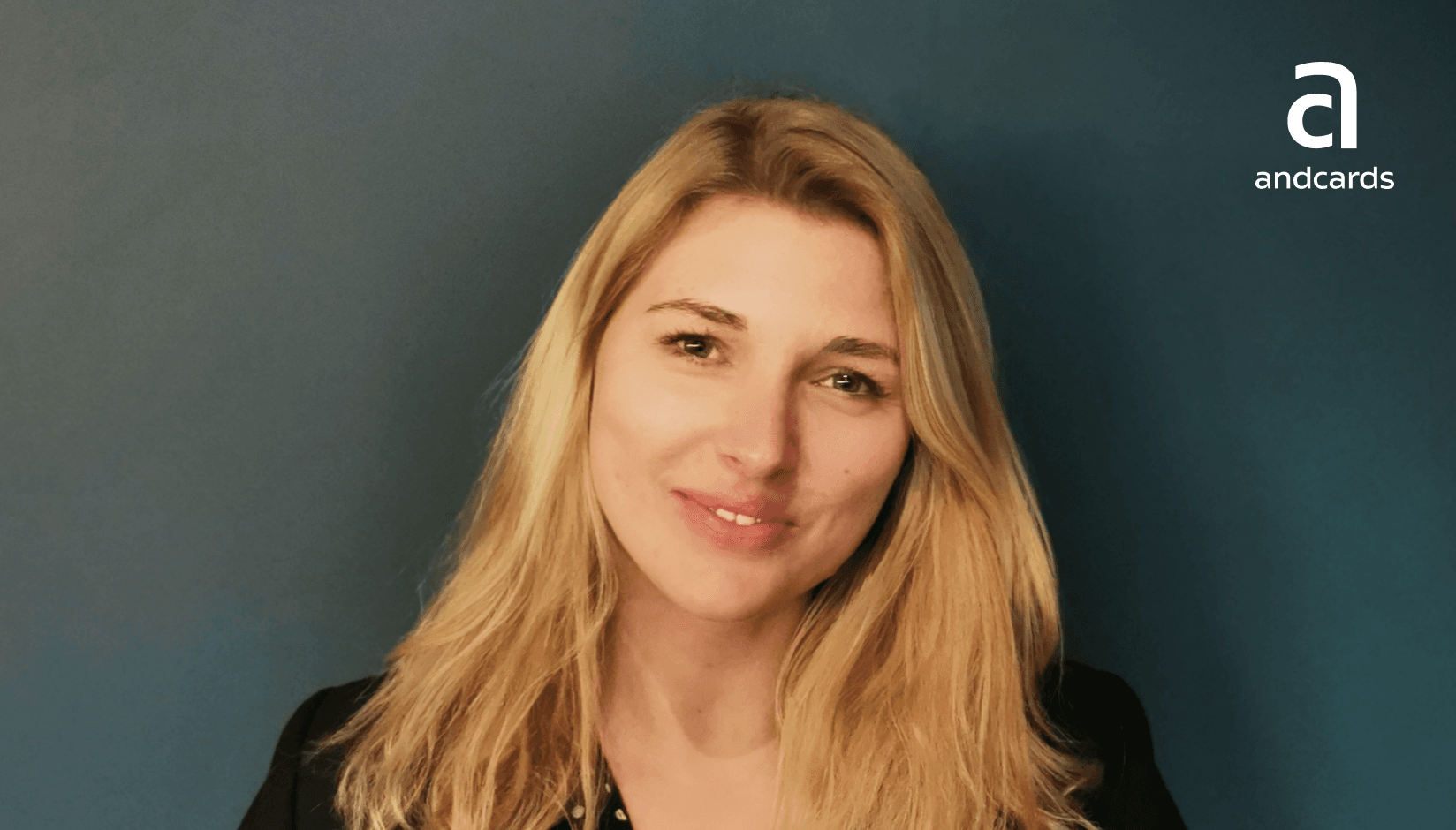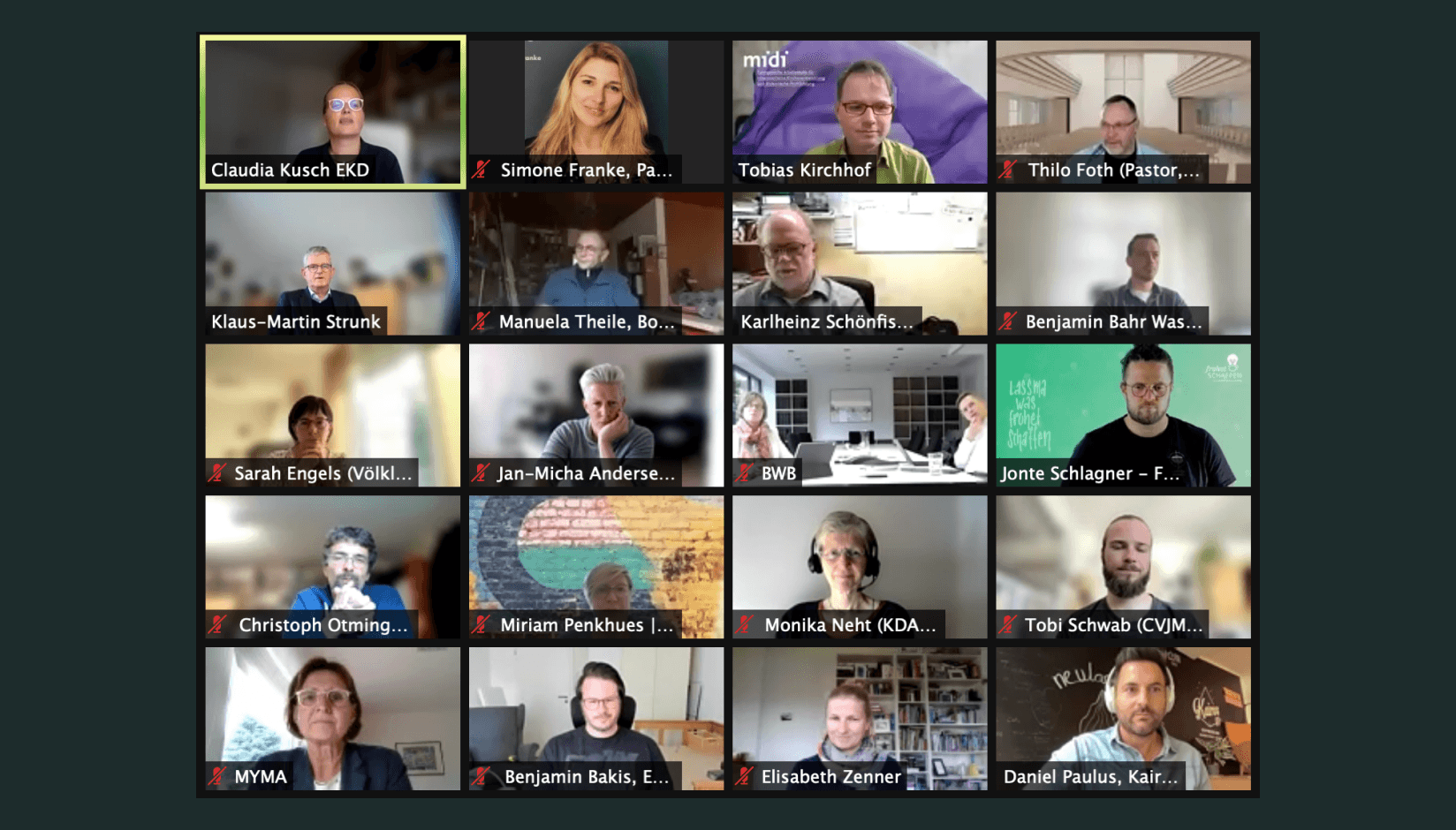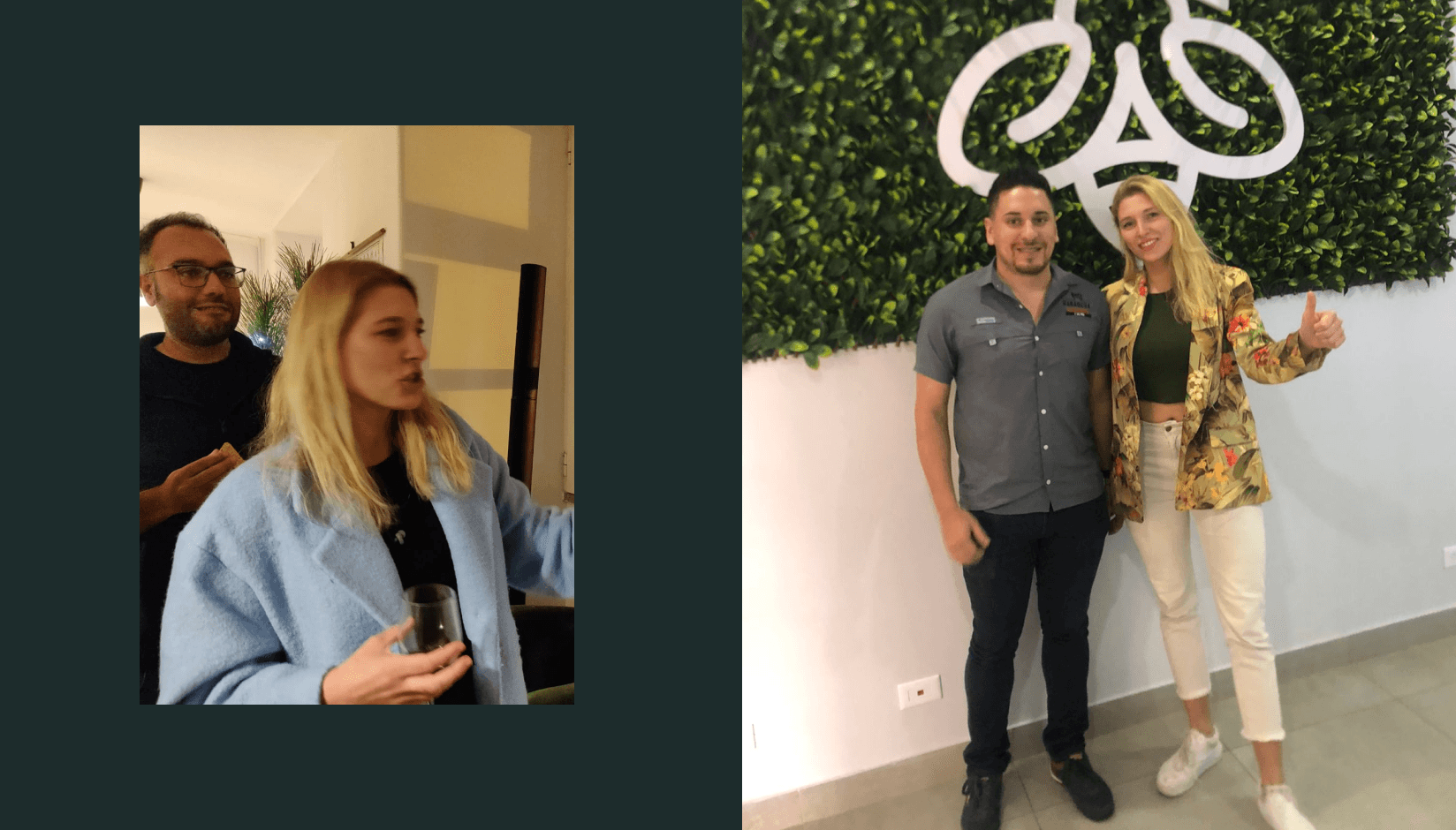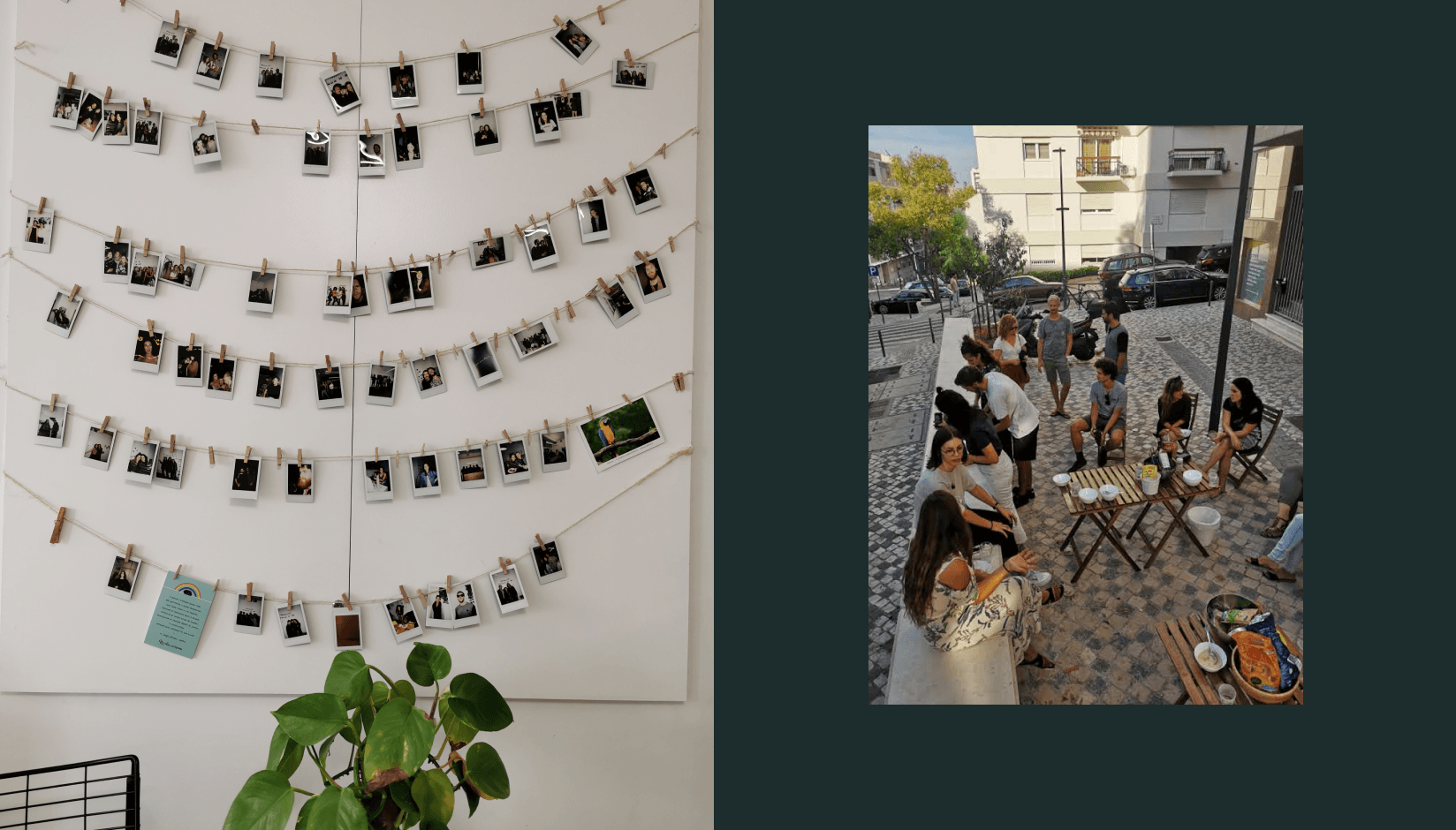- Features
- Solutions
- Pricing
- Resources
- Contact
- Book a demo
Simone Franke: Community Marketing Is More Impactful Than Any Other Advertisement

What sets the greatest coworking spaces apart from the rest? I believe most coworking business owners will agree that it is the community that makes the difference. But it’s really challenging to build a tight-knit community at a coworking space.
Our special guest, Simone Franke is here to help you out. Being the former Hopp.team's Chief Community Officer and the Founder and CEO of Pappus Agency, Simone knows everything about coworking communities. She is ready to share her professional community-building insights with us. So, if you're looking to create a strong community feel at your flexible space, don't miss this must-read interview!
Question 1
Helga: Is community important for coworking spaces of different sizes and business models? Are there any exceptions? If not, why?
Simone: It doesn't matter what size or business model your community promotes; a community is equally important, although it often appears less critical in bigger spaces or serviced offices. Community is the key for coworking businesses of every size. Community is the body, the social clusters which construct and deconstruct meaning. Their founded common sense is crucial, especially in smaller spaces, because it holds and grows potential for enabling collaboration. Ideally, these opportunities manifest likewise in bigger coworking spaces. The ultimate goal should be building a brand community with defined values, identity, and growth strategy.
This is crucial because community marketing is much more impactful nowadays than any other advertisement.

Question 2
Helga: What types of members do you identify and how do these types impact the community-building approach?
Simone: According to my research and developed framework, Community ecosystems contain the four dimensions of Connectivity, Efficiency, Isolation, and Inspiration. Related to these directions, their members position themselves. However, it is crucial to know that for a functioning ecosystem, it's important that these member roles circulate. Especially for operators, this point is relevant because what we want in the end is to transform social capital into a financial one.
Question 3
Helga: Do challenges with building community differ by country? In which countries members are less interested in networking and in which countries members are the friendliest?
Simone: We have to be careful not to give a biased answer. But let me express it in that sense: of course, every country has general differences between beliefs and behavior. I would separate mainly into "high" and "low" context cultures. High-context cultures, e.g. Portugal, Spain, and most Latin American countries, communicate in implicit ways and rely heavily on context.
In contrast, low-context cultures, e.g. Germany, rely on explicit verbal communication. For planning community activities, we should take this into consideration. It is confirmed by science that, e.g. high-context cultures are collectivist, value interpersonal relationships, and have members that form stable, close relationships – also in business. Networking is, therefore, even more critical in high-context cultures.
Generate recurring revenue and offer exceptional customer experience at your shared or coworking space
Question 4
Helga: What are the most frequent mistakes of community managers that lead to failed community-building attempts?
Simone: I wouldn't say the mistake lies within the community manager, more with the management in general. Often community managers are given a lot of tasks related to facility care or marketing, which distract them from their priority: to create, maintain and improve the member experience.
In smaller spaces, this can be balanced out through an autonomous community approach (e.g., letting people actively participate in decision processes). In more prominent organizations, however, it results in either
a) burned-out community managers who start running after their members to participate in events or
b) community managers that become the "soul" of the community.
On the one hand, this is a great sign and proof of their professional talent in working with people. Still, on the other hand, this brings coworking operators into worse situations as soon as these people go on holiday or change their jobs. Community Management must find the right incentives and get to know their customers better in the first place to facilitate the exemplary practices that their community or member experience managers execute.
Question 5
Helga: How would you recommend starting to build a community at a coworking space?
Simone: I always recommend starting with its core: your value and original story. If you can't build a narrative on top of your individual value proposition, you will not be able to send and promote an authentic message to your customers. After that, we'll define your revenue streams and metrics to build a human scale…

Question 6
Helga: What would you recommend to operators that are in the market for some time but still have no tight-knit community? How to fix the problem?
Simone: To work with me, of course :) Generally, two things are fundamental to improving your community: Take a step back to analyze the stakeholders who build your community network. Often we can identify discrepancies between the expectations, beliefs, and work style. The second is: Put people first – whatever you implement in your coworking business, ensure you'll work it out from the inside out. Applying external or copied concepts will rarely work.
Question 7
Helga: Do you agree that events are a great tool for building a community? From your practice, what kind of events work best for the purpose?
Simone: Events are a great way to unite people, especially for coworking businesses that operate as serviced offices. Usually, I am a fan of professional networking events where people can showcase their passions, vision, and needs for the industry. Music and charity events might also work, but you'll have to get to know your members first. The rest I would leave up to the rule of serendipity, which is the occurrence and development of events by chance, happily or beneficially. The right mix of shared and private areas increases the luck that takes the form of finding valuable or pleasant things that are not looked for.

Question 8
Helga: How can big coworking spaces with multiple branches and thousands of members across different countries preserve this community vibe?
Simone: Jumping back to what I said earlier: Building a brand community in which your identity as an operator is clearly defined, your members feel seen, and community stakeholders and activities enable collaboration. If you can help your members grow from a personal or professional perspective, your "vibe" – is the only way to get a sustainable return on investment.
Hope the professional community-building tips shared by Simone Franke in this interview will help you start moving in the right direction. If you’re interested in learning more or want to get in touch with Simone, reach out to her at info@pappus.agency or simone@pappus.agency.
Keep Reading

Commissary Kitchens: Expand Your Coworking Offerings

The Operator's Manual for Women-Forward Coworking Spaces

Dog-friendly Coworking Spaces: Pros, Cons & Concerns

